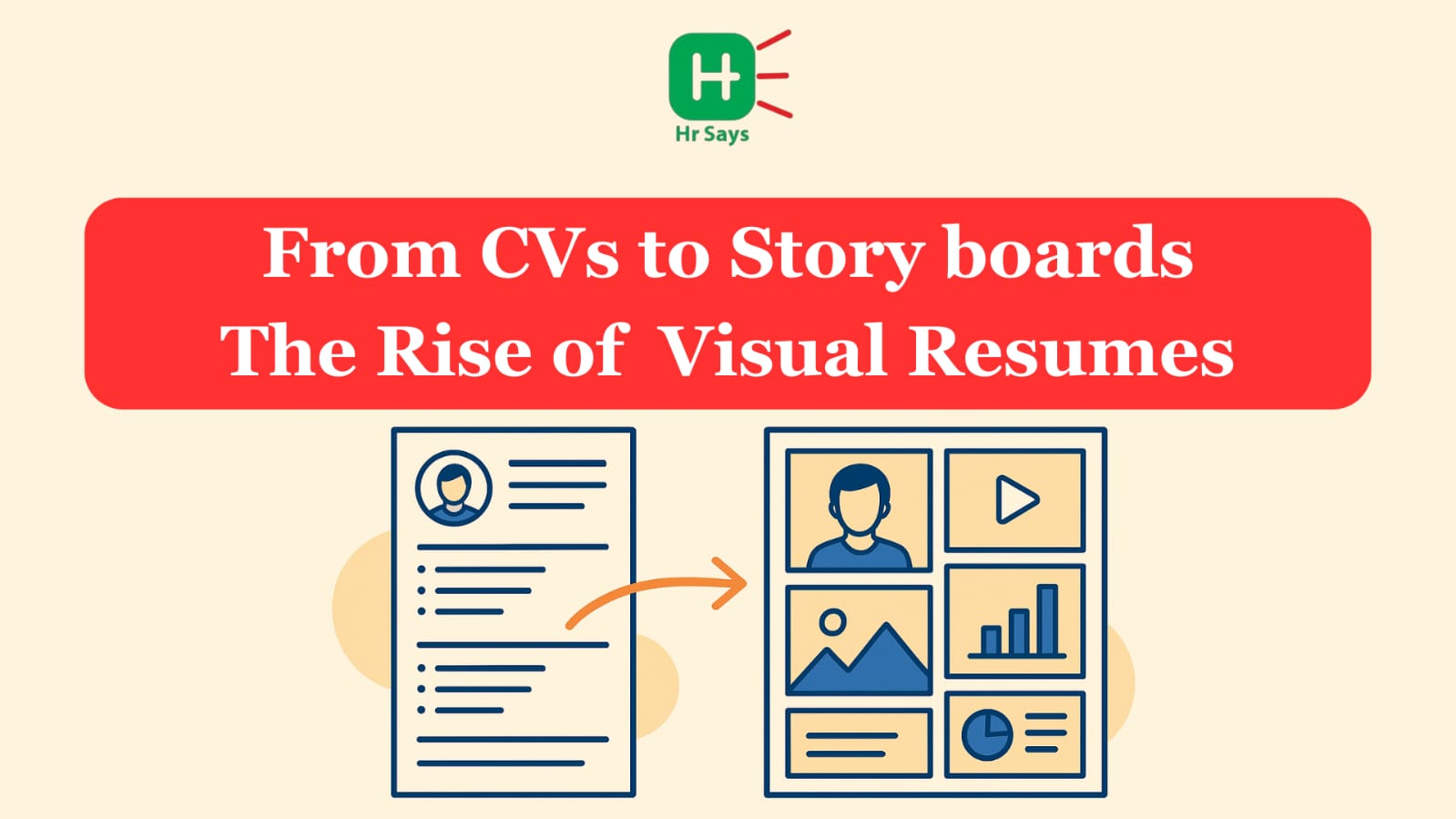Have resumes grown old in the digital age? The skills are listed in the traditional CVs, although, these CVs tend to lack clarity. The visual resume is a new criterion that has been gaining entry into professions. More creative, more engaging, and surprisingly practical, it is changing how careers are presented.
What Is a Visual Resume?
A visual resume goes beyond text. It is a combination of graphics, icons, timelines and storytelling. It is a very basic concept: rather than the mention of skills, it demonstrates them. A visual layout helps recruiters scan information quickly while also leaving a strong impression.
Key Elements of Visual Resumes
● Infographics for skills and achievements
● Storyboards or flowcharts to explain career paths
● Colors and fonts aligned with personal branding
● Digital formats that are easy to share online
Why Storytelling Matters in Careers
Every career has a story. A resume, in its traditional form, compresses it into a flat list. Visual resumes add life to that story. By blending design with content, professionals can show growth, challenges, and achievements in a way that feels alive.
The Human Connect
Recruiters are people first. They respond to stories more than plain lists. A timeline of roles or a creative project highlight helps them see the candidate as more than a document. That connect can make a difference.
Advantages and Limitations
Visual resumes are not flawless. They shine in creative industries but may not suit every role. Their effectiveness depends on balance. Too much design may distract. Too little may feel pointless.
Where They Work Best
● Creative industries like design, advertising, and media
● Startups and modern workplaces that value innovation
● Online portfolios and LinkedIn profiles
Where Caution Is Needed
● Conservative fields like law or finance
● Jobs that demand standardized formats
● Organizations with automated screening systems
The Trend Moving Forward
The rise of visual resumes shows a shift. Professionals are no longer relying on words alone. They are using design as part of their personal brand. Storyboards, charts, and visuals are becoming career tools, not just creative extras. Yet, text-based resumes still hold ground. The future may not replace them but mix both worlds.
Conclusion
Resumes have always been about telling who you are. Visual resumes push this further by adding clarity and memory value. They are not the end of traditional CVs, but they are shaping a new way of career storytelling. For those who choose wisely, they can be powerful.

 Visual resumes blend graphics with storytelling, offering a creative shift from traditional CVs. They work best in industries that value innovation, while still carrying limits. A balanced use makes them a strong career tool without replacing standard resumes.
Visual resumes blend graphics with storytelling, offering a creative shift from traditional CVs. They work best in industries that value innovation, while still carrying limits. A balanced use makes them a strong career tool without replacing standard resumes.












.jpeg)
.jpeg)

.jpeg)

.jpeg)


.jpeg)

.jpeg)

.jpeg)


